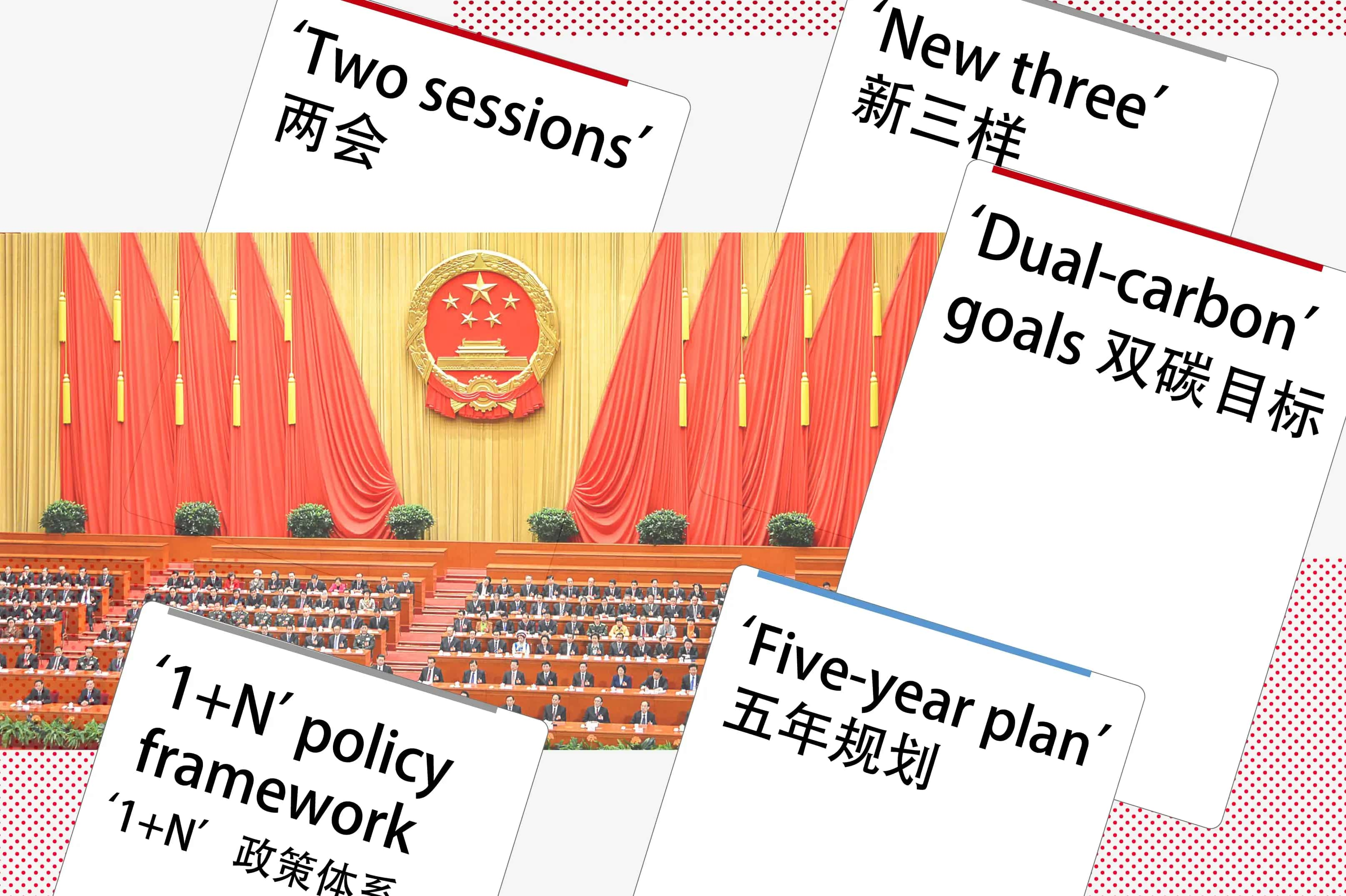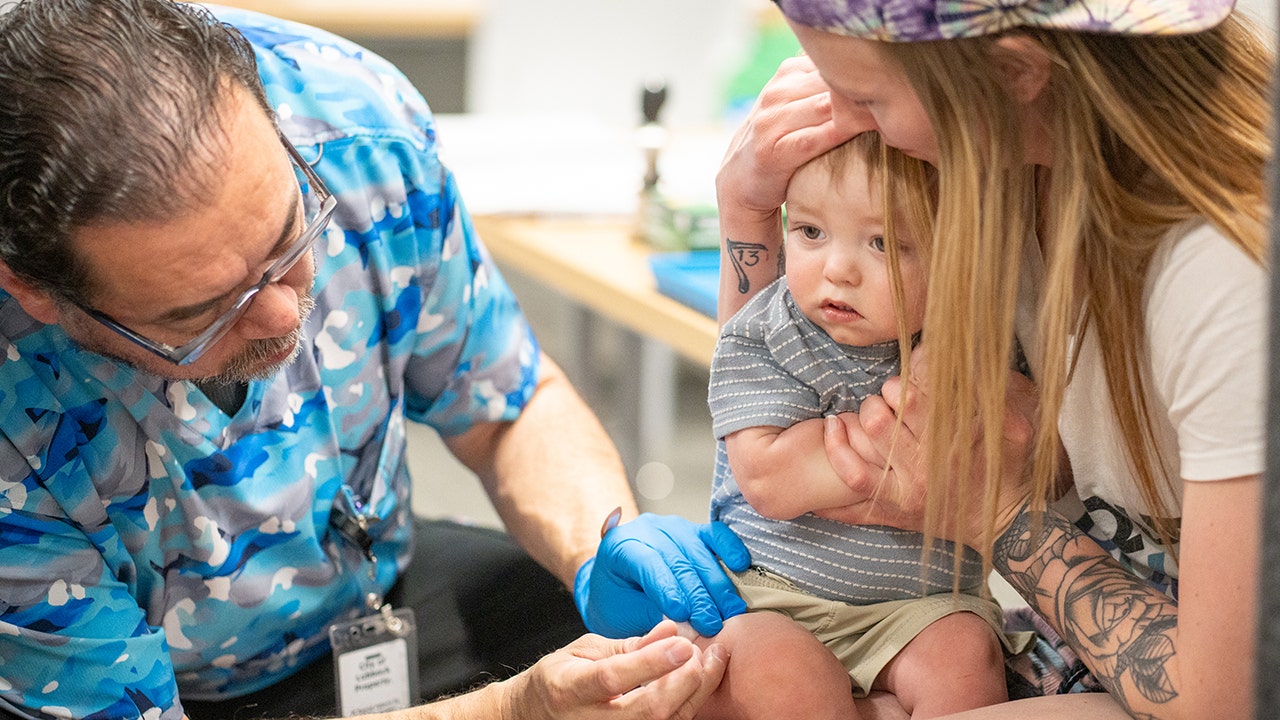How is adaptation being addressed in UN climate talks?
The need to monitor and support climate adaptation has emerged as a key goal of international climate negotiations.
Early global efforts to tackle climate change mainly focused on cutting emissions. But as the dangers of a warming world became increasingly apparent, there was growing pressure from developing countries to give adaptation equal prominence in UN talks.
The African Group of Negotiators, representing a region that is particularly vulnerable to climate change, was the first to lay out a plan for a “global goal on adaptation” in 2013. Their allies in the Independent Association of Latin America and the Caribbean (AILAC) also backed the concept, stating that it should have “a collective aim of ensuring a resilient planet”.
— AGN (2013)
These ideas came to a head in 2015, when elements of these developing country proposals made their way into a distinct article of the Paris Agreement. Countries were tasked with working out a global goal on adaptation that would later be assessed alongside other climate targets when countries conduct the first “global stocktake” of climate progress in 2023.

— Paris Agreement (2015)
The stocktake drew in information not only from scientific studies, but also thousands of pages of adaptation reporting submitted by governments, civil society groups and businesses.
According to the resulting synthesis report, collectively these documents showed that “most observed adaptation efforts are fragmented, incremental, sector-specific and unequally distributed across regions”.
However, as 2023 arrived, the global goal – which theoretically could help to address these issues – was still only vaguely defined.
Measuring emissions cuts is relatively straightforward and easy to compare across countries, whereas adaptation varies enormously depending on context. Adaptation progress could mean something completely different in a landlocked African country compared to a remote island in the Pacific ocean.
As a result, the global goal has been subject to persistent unanswered questions since it was first proposed. These include what the goal should cover, how to measure it and how to report on progress. Meanwhile, around the world adaptation activities have often been under-recognised and underfunded.
Many nations in the global south are among the most vulnerable to climate change, but struggle to invest sufficiently in adaptation. Developing-country governments have long argued for more support from developed countries in funding adaptation-related projects.
Such support has increased in recent years. However, the UN Environment Programme estimates that adaptation finance from the public funds of developed countries is $187-359bn short each year of what developing countries need.
At COP28 in Dubai, negotiators adopted a “framework” that nations could use to guide their adaptation activities. They also agreed a “work programme” to move towards a political consensus on what the global goal covers and the indicators that will be used to measure it.
They settled on various targets for assessing progress and a number of specific adaptation themes, including water, food, health, ecosystems, infrastructure, poverty eradication and cultural heritage.
However, finance disputes have continued, with developing countries seeking stronger commitments from developed countries to provide more money for adaptation. This was still the case at COP29 in Baku, Azerbaijan.



















Discussion about this post